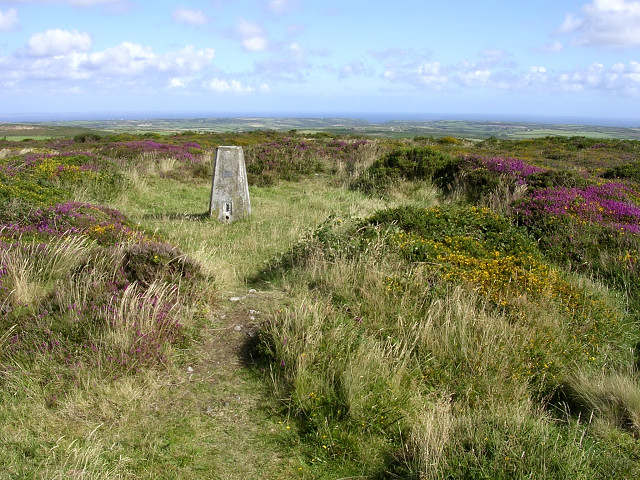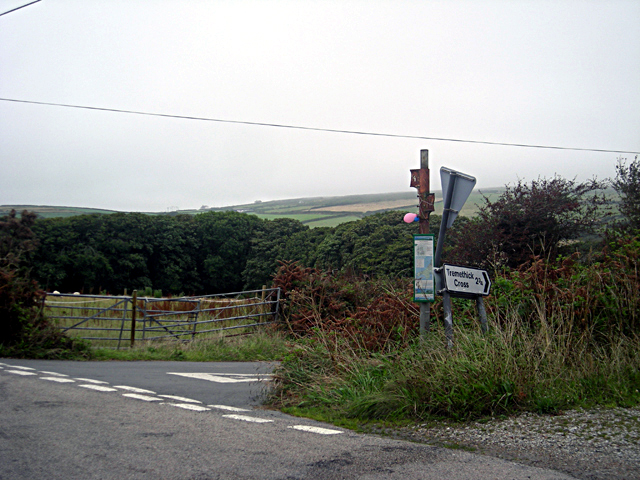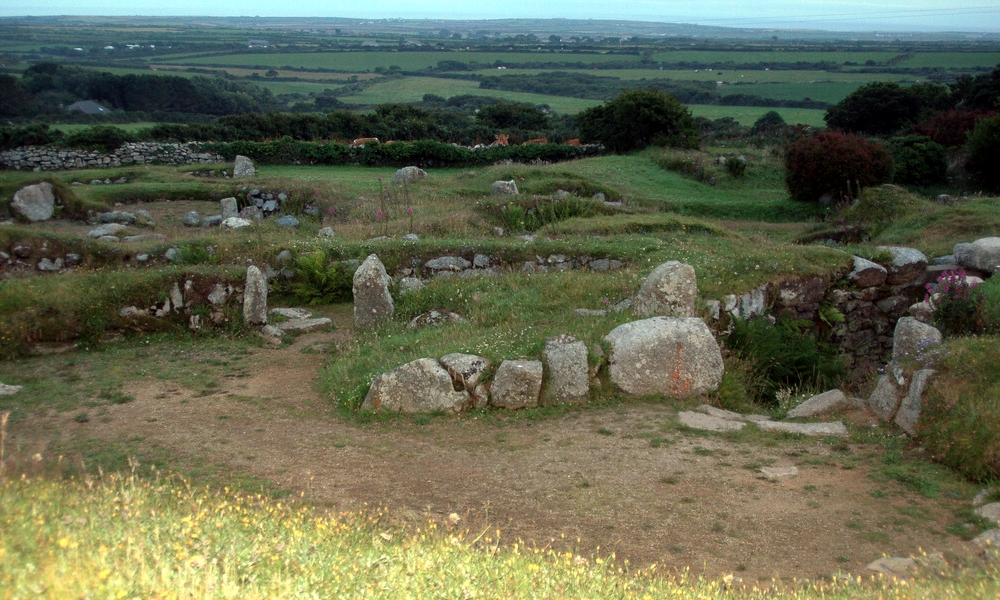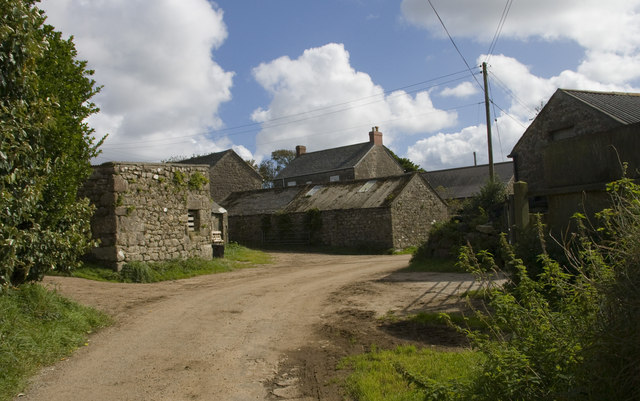Bartinè Castle
Heritage Site in Cornwall
England
Bartinè Castle

Located in Cornwall, Bartinè Castle is a historic heritage site that dates back to the 12th century. The castle was originally built by Reginald de Dunstanville, the Earl of Cornwall, as a strategic fortification to defend against potential invasions from the sea. Over the centuries, Bartinè Castle has undergone several renovations and additions, resulting in a unique blend of architectural styles.
The castle is situated on a coastal cliff, offering stunning views of the surrounding landscape and the Atlantic Ocean. Visitors can explore the ruins of the castle, including the remains of the keep, gatehouse, and defensive walls. The site also features a medieval chapel and a well-preserved dungeon, providing insight into the daily life and defense strategies of the castle's inhabitants.
Bartinè Castle is a popular tourist attraction, drawing visitors from around the world who are interested in history, architecture, and the natural beauty of Cornwall. The site is managed by a local heritage organization, which offers guided tours and educational programs for visitors of all ages. Overall, Bartinè Castle is a fascinating glimpse into Cornwall's rich history and a must-see destination for anyone interested in medieval architecture and heritage sites.
If you have any feedback on the listing, please let us know in the comments section below.
Bartinè Castle Images
Images are sourced within 2km of 50.1067/-5.6454 or Grid Reference SW3929. Thanks to Geograph Open Source API. All images are credited.
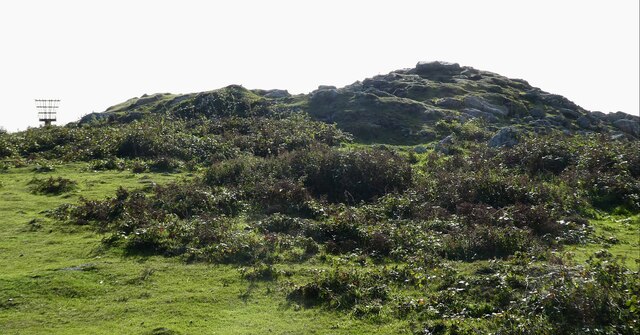




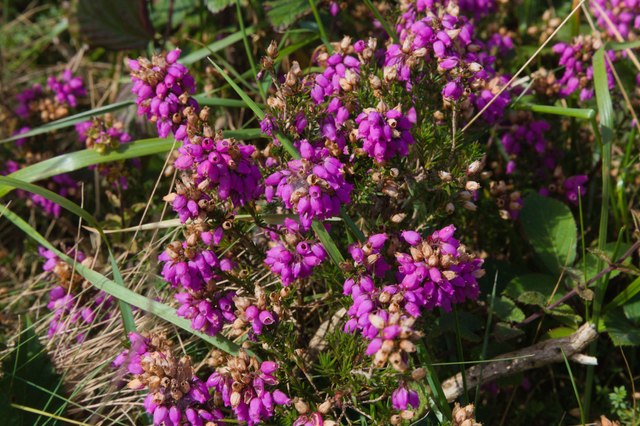



Bartinè Castle is located at Grid Ref: SW3929 (Lat: 50.1067, Lng: -5.6454)
Unitary Authority: Cornwall
Police Authority: Devon and Cornwall
Also known as: Bartinney Castle
What 3 Words
///shoppers.dissolves.allow. Near St Just, Cornwall
Nearby Locations
Related Wikis
Bartinney Castle
Bartinney Castle is an Iron Age enclosure located in the Penwith Peninsula of Southwest Cornwall, England, it is surrounded by a circular earthwork standing...
Grumbla
Grumbla (Cornish: An Gromlegh, meaning the cromlech) is a hamlet in the parish of Sancreed, Cornwall, England, UK. == Toponymy == Recorded as Gromleigh...
Carn Euny
Carn Euny (from Cornish: Karn Uni) is an archaeological site near Sancreed, on the Penwith peninsula in Cornwall, United Kingdom with considerable evidence...
Brane, Cornwall
Brane is a hamlet southwest of Sancreed in west Cornwall, England, UK. It is in the civil parish of Sancreed. It is noted for the Carn Euny Iron Age site...
Nearby Amenities
Located within 500m of 50.1067,-5.6454Have you been to Bartinè Castle?
Leave your review of Bartinè Castle below (or comments, questions and feedback).








